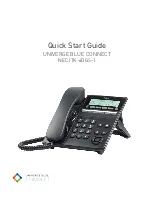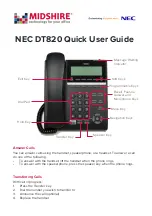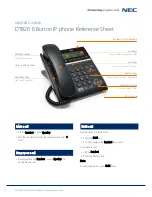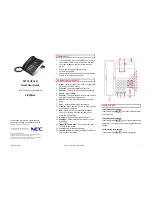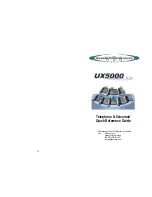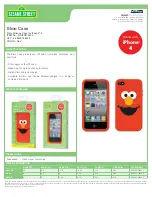
U.S. FDA
24
©
BenQ Mobile 2006
, \
\It
l.eu\
cottb
us\P
rojekte_
30\BenQ_M
obile\AL21
_PE
LI
CAN\out-
left page (24)
of AL21a, FCC, am (31.03.2006, 09:36)
Temp
late:
X75,
Ver
sion 2
.1
; VAR
Language: am;
VAR issu
e date:
05101
0
• Occupational Health and Safety
Administration
• National Telecommunications and In-
formation Administration
The National Institutes of Health also par-
ticipates in this group.
In the absence of conclusive information about
any possible risk, what can concerned individ-
uals do?
If there is a risk from these products – and
at this point we do not know that there is
– it is probably very small. But if people
are concerned about avoiding even po-
tential risks, there are simple steps they
can take to do so. For example, time is a
key factor in how much exposure a per-
son receives. Those persons who spend
long periods of time on their hand-held
mobile phones could consider holding
lengthy conversations on conventional
phones and reserving the hand-held
models for shorter conversations or for
situations when other types of phones
are not available.
People who must conduct extended con-
versations in their cars every day could
switch to a type of mobile phone that plac-
es more distance between their bodies
and the source of the RF, since the expo-
sure level drops off dramatically with dis-
tance. For example, they could switch to:
• a mobile phone in which the antenna is
located outside the vehicle,
• a hand-held phone with a built-in an-
tenna connected to a different antenna
mounted on the outside of the car or
built into a separate package, or
• a headset with a remote antenna to a
mobile phone carried at the waist.
Where can I find additional information?
For additional information, see the fol-
lowing websites:
• Federal Communications Commission
(FCC) RF Safety Program (select “Infor-
mation on Human Exposure to RF
Fields from Cellular and PCS Radio
Transmitters”):
www.fcc.gov/oet/rfsafety
• World Health Organization (WHO) In-
ternational Commission on Non-Ioniz-
ing Radiation Protection (select Qs &
As):
www.who.int/emf
• United Kingdom, National Radiological
Protection Board:
www.nrpb.org.uk
• Cellular Telecommunications Industry
Association (CTIA):
www.wow-com.com
• U.S. Food and Drug Administration
(FDA) Center for devices and Radiolog-
ical Health:
www.fda.gov/cdhr/consumer/
1
Muscat et al. Epidemiological Study of Cellular
Telephone Use and Malignant Brain Tumors. In:
State of the Science Symposium; 1999 June 20;
Long Beach, California.
2
Tice et al. Tests of mobile phone signals for activ-
ity in genotoxicity and other laboratory assays. In:
Annual Meeting of the Environmental Mutagen So-
ciety; March 29, 1999, Washington, DC; and per-
sonal communication, unpublished results.
3
Preece, AW, Iwi, G, Davies-Smith, A, Wesnes, K,
Butler, S, Lim, E, and Varey, A. Effect of a 915-
MHz simulated mobile phone signal on cognitive
function in man. Int. J. Radiat. Biol., April 8, 1999.
4
Hardell, L, Nasman, A, Pahlson, A, Hallquist, A
and Mild, KH. Use of cellular telephones and the
risk for brain tumors; a case-control study. Int. J.
Oncol, 15: 113-116, 1999.
AL21a, FCC am, 31.03.2006


























